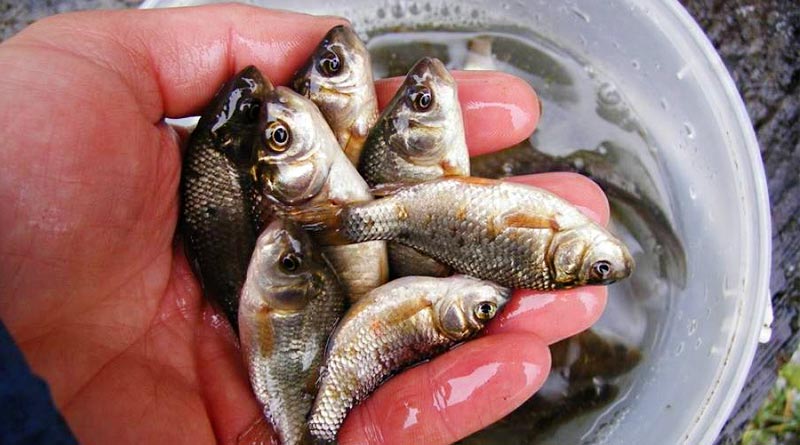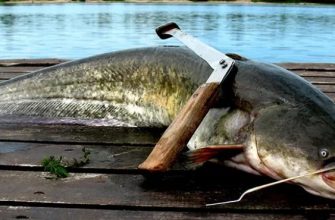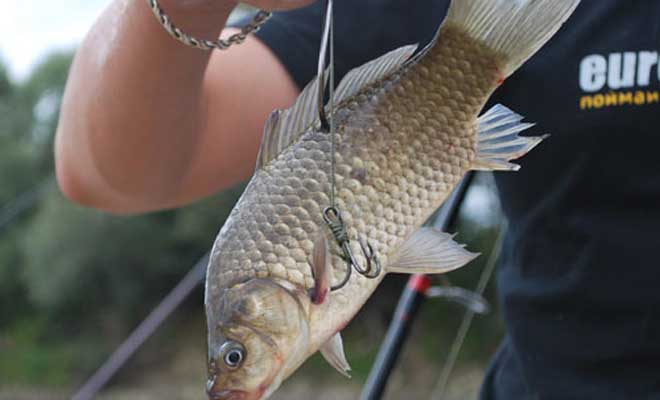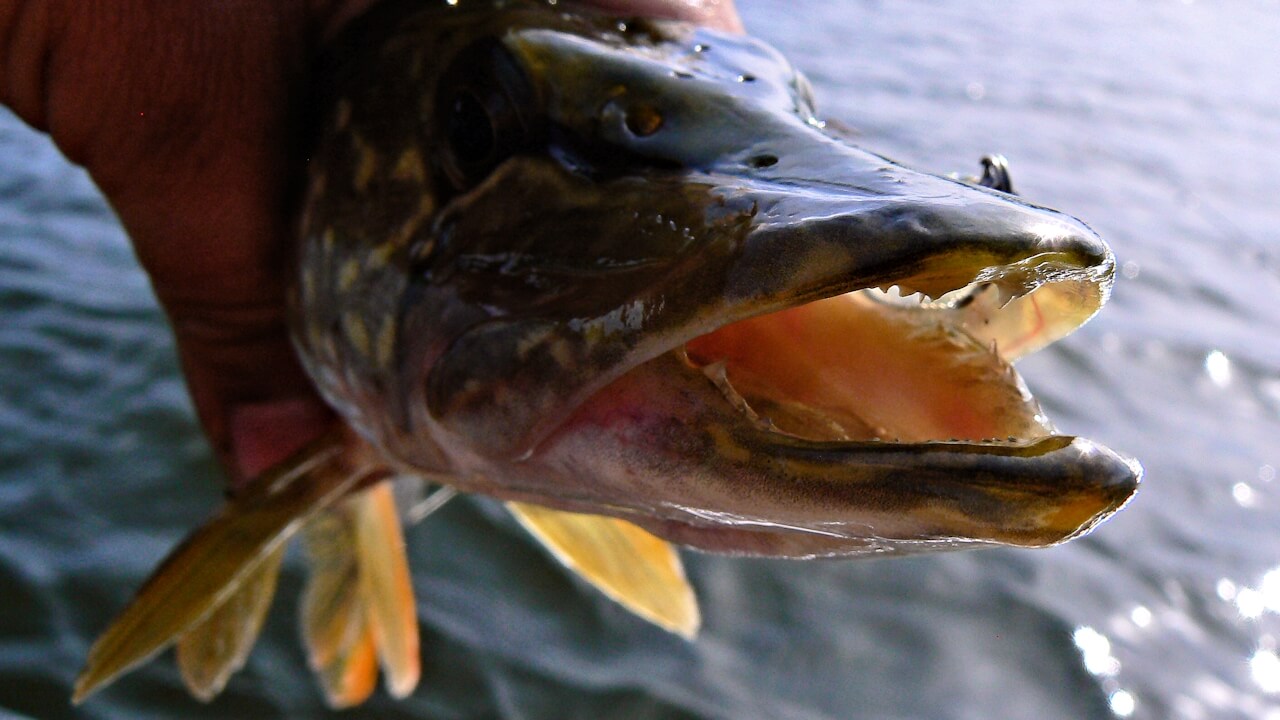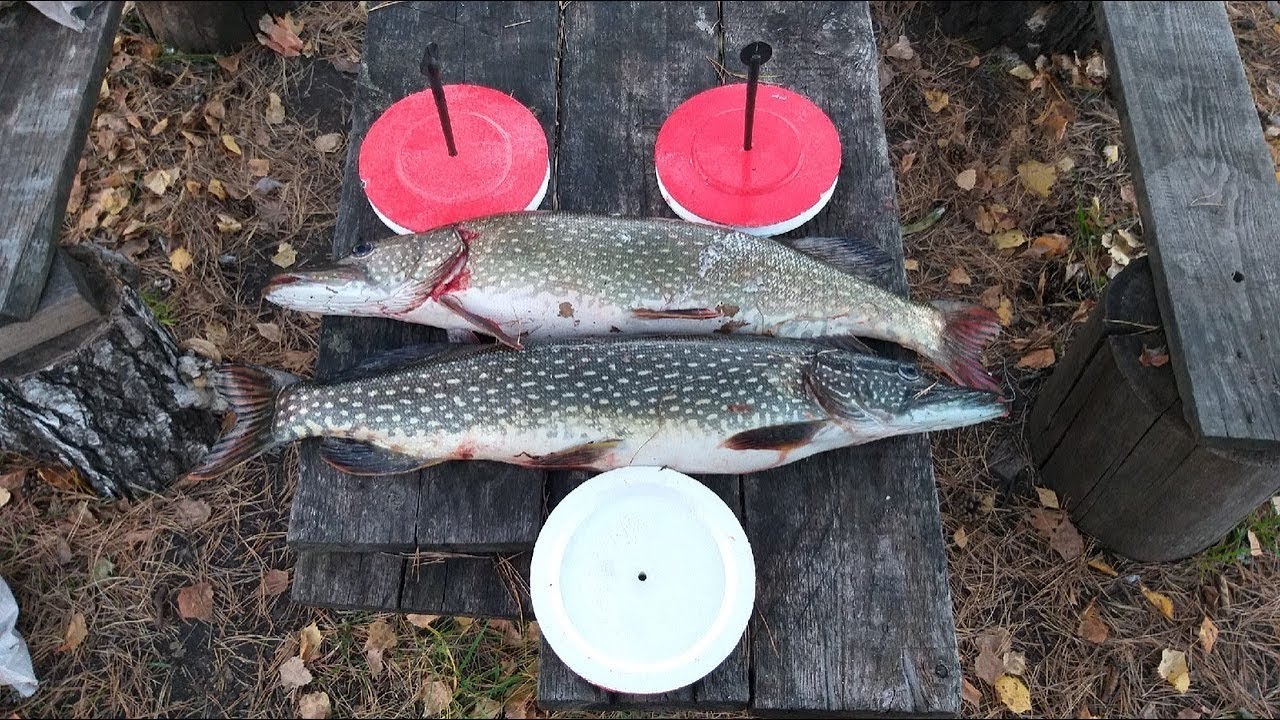Fishing in Russia rightfully occupies a leading place in the rating of active pastime. Thousands of fishermen gather in the reservoirs in the hope of catching the long-awaited trophy. Despite the abundance of
artificial baits, live bait is still in demand and loved by many fishermen. Fishing with live bait is especially relevant in the autumn. In order not to experience a shortage of live bait, you need to know how to catch live bait in the fall, and how to preserve it.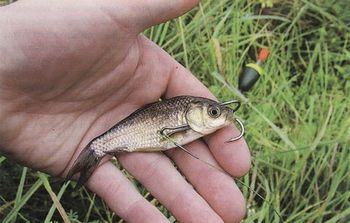
- Why do you need live bait in the fall
- What live bait is to the taste of predators
- Gudgeon
- Rudd
- Perch
- Carp
- Ruff
- Loach
- Verkhovka
- Roach
- Rotan
- Minnow
- Frog
- Lamprey (sandworm)
- Other types of live bait
- Dead live bait
- How to catch live bait in the fall
- Lift or spider
- Float rod
- Feeder, donka, rubber band
- Landing net or landing net
- Casting network
- Scarecrow
- Muzzle or muzzle
- Homemade traps
- Screens with a feeder
- Seine or delirium
- How to store and transport
- What kind of fish can you catch with live bait in the fall
- Поделиться ссылкой:
Why do you need live bait in the fall
After the onset of the first cold snap, peaceful fish partially loses their activity, and predators react poorly to artificial baits. Most species of predatory fish go deep from the coast and it becomes more difficult to catch a decent specimen. Live bait is attractive to predators at any time of the year, but in autumn and winter it is simply irreplaceable. Natural shapes, smell and panic vibrations of fins attract even the most passive and well-fed predators. Therefore, experienced anglers harvest live bait in large quantities. You can use live bait harvested in the fall until the beginning of the thaw. But for this it is necessary to provide the fish with comfortable living conditions, since the dull and half-dead bait does not cause appetite in predatory fish species.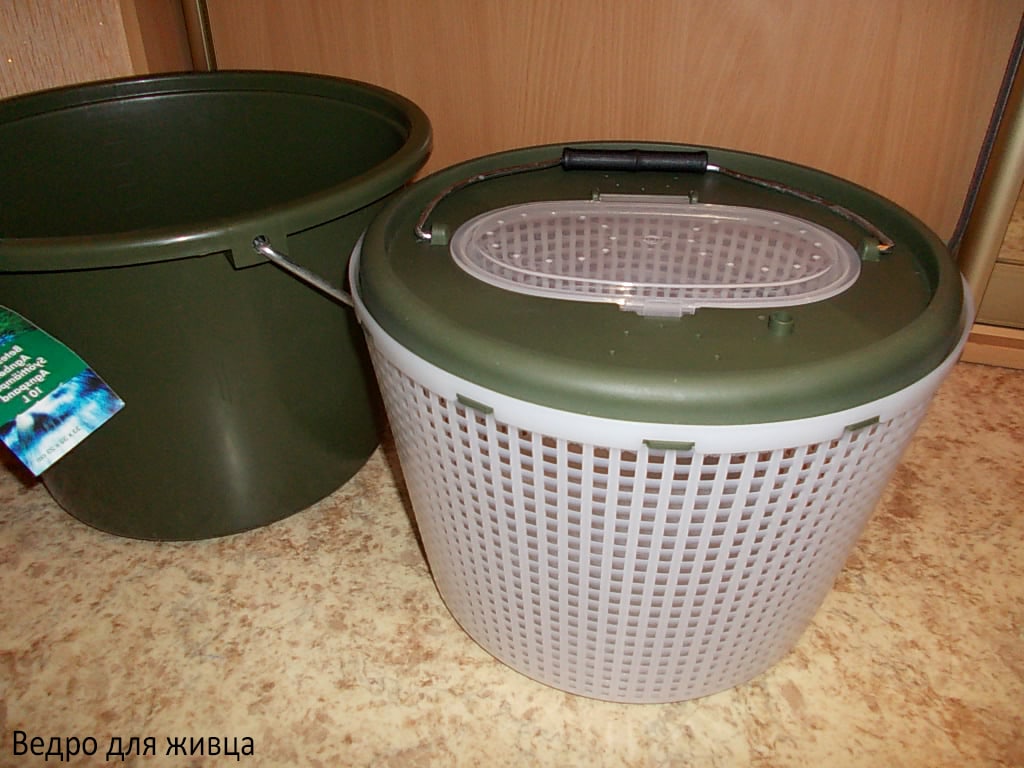
What live bait is to the taste of predators
Most novice anglers, when they mention live bait, immediately recall small carp. Of course, crucian carp is ideal as a bait
, since it has increased vitality, mobility and is common in almost any body of water. But unfortunately, predatory fish, except, perhaps, pike, often ignore crucian carp and prefer other “delicacies”. Therefore, it is necessary to know the list of the most “tasty” live baits for catching carnivorous inhabitants of the depth. Crucian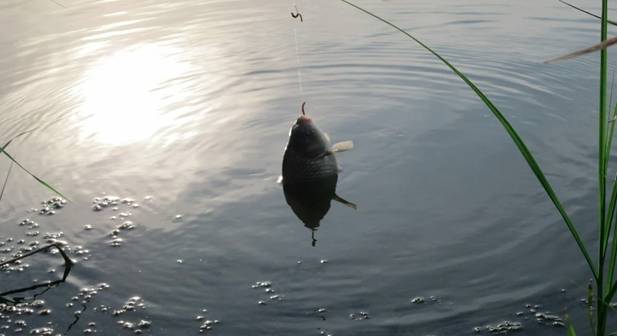
Gudgeon
In autumn, the gudgeon, like many other fish, goes into pits or stands in a stream with cold water. The fish lives in lakes, ponds and rivers. You can catch it with simple float gear or all kinds of traps. It is better to use bloodworms, worms, pieces of bread or unleavened dough as bait. Gudgeon is active on quiet, sunny days. In the fall, biting can be extended from early morning to late evening.
Gudgeons are very gentle, so it is better to catch them just before fishing. It lives well in an aquarium with a water purification system and oxygen supply.
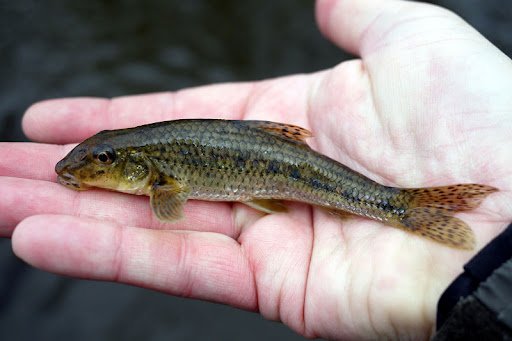
Rudd
In autumn, the roach does not lose activity and bites well on float, feeder and bottom gear. You can also catch a fish with muzzles or for a zakidushki. It leads an active lifestyle even on a hook, a very lively and tenacious live bait and is perfect for an autumn predator hunt. A worm, maggot, bread is suitable as bait.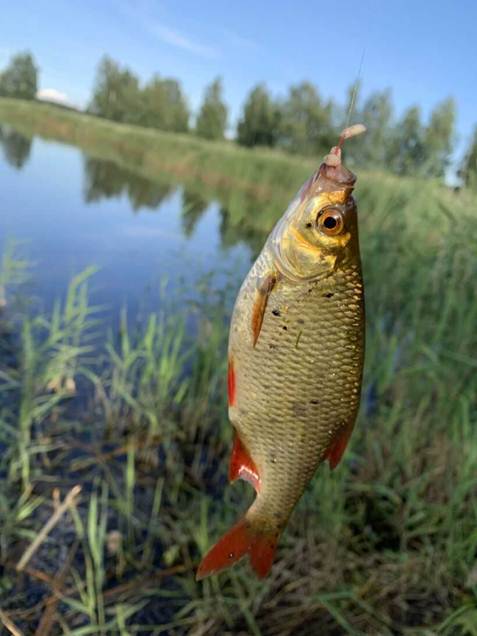
Perch
It remains active all year round, so it can be used as live bait not only in autumn, but also in winter. Perch fry are kept in small flocks at a depth of 0.5 to 1.5 meters. You can catch an agile striped robber with a float rod, zakidushki,
tackle an elastic band, or with the help of screen traps. Not the most tenacious kind of live bait and requires careful handling. Experienced anglers prefer not to stockpile, but to fish before fishing. A huge plus lies in the ability of perch to withstand changes in depth. With the help of such a live bait, you can fish holes up to 10 meters deep.
When setting live bait to a depth of more than 5 meters, it is necessary to act in stages. That is, to lower it by several meters with short breaks, so that the fry adapts to the depth.
Carp
Crucian carp perfectly plays the role of live bait. But not every predator bites on it, some species simply cannot swallow the crucian carp, while others are often ignored. The pike responds well, since a rather impressive carp can fit into the mouth of even a small bee-eater.
Catching crucian carp in the autumn is not an easy task. With the advent of a cold snap, he becomes lethargic and inactive. Therefore, anglers prefer to catch it in advance and keep it in aquariums or barrels. Reacts well to the bait of their worm, bread, dough, maggot, corn, peas, pearl barley and dough. You can catch with traps, screens, float, feeder and bottom gear.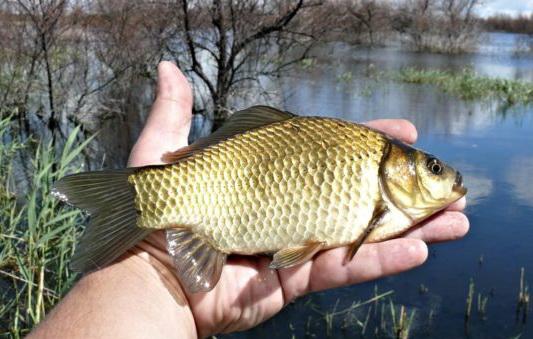
Ruff
A wonderful live bait that retains its activity for a long time even in icy water. He is very fond of pike and burbot. In autumn, the
ruff keeps closer to the bottom layer and is active in the evening and night hours. You can catch live bait for zakidushki, donkey, float tackle. A worm and bloodworm are suitable as bait. It is well preserved in the aquarium, but it is better not to settle other types of fish with it. Since the ruff in the process of life, secretes a lot of mucus, which clogs the gills of other fish.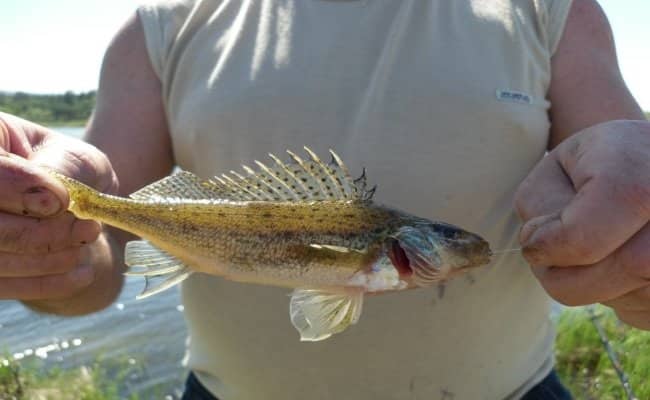
Loach
The loach is a typical inhabitant of silted lakes and ponds, but it can also be found in clear open water. A very tenacious and agile species of fish. It is quite difficult to catch it in the fall, since with the arrival of bad weather it burrows into the silt and loses its activity. You can catch it with muzzles, crayfish, a butterfly net, homemade traps or with your hands. Bread, dough or store-bought lures for crucian carp or roach are used as bait.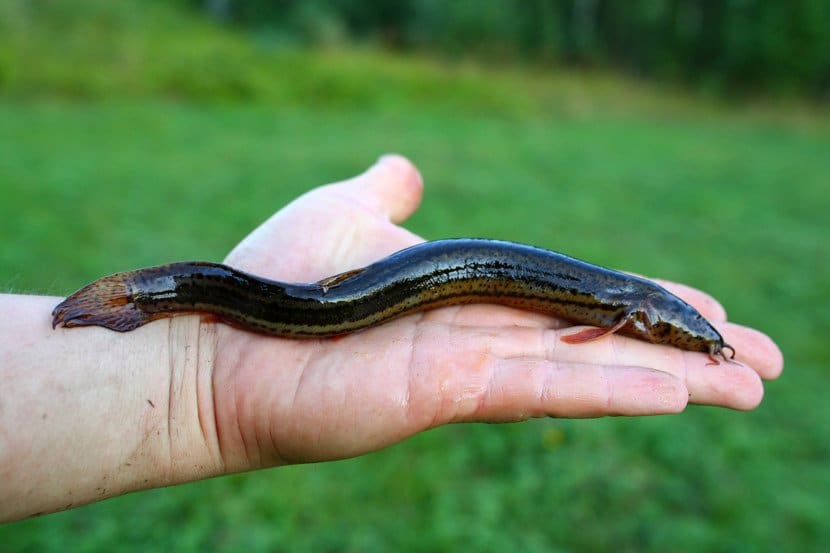
Verkhovka
The head is suitable for catching any predator. The only drawback is the size, therefore only small predatory representatives of the depth peck at it. A very tenacious and active fish. You can fish in the fall using a lift with a fine mesh, snouts, a net and other homemade traps. Able to live in a small volume without changing water and oxygen compressors.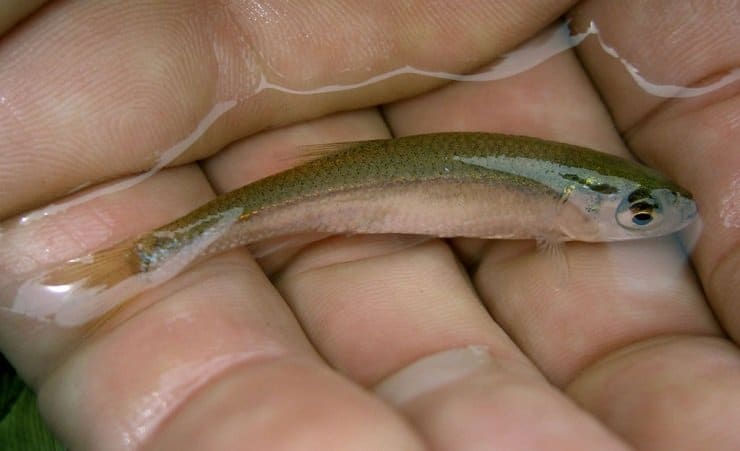
Roach
It is difficult to catch small live bait roach
in autumn . This will require very sensitive gear and complementary foods. A worm, bloodworm, vegetable baits are suitable as bait. The predator does not react very actively to roach, as well as to crucian carp. It is advisable to use only in those reservoirs where there is no pressure from predatory fish. Roach is quite tenacious and lives well in aquariums and cannes with aeration.
Rotan
A wonderful live bait that lives in most bodies of water.
Catching rotan will not be difficult even in autumn. It perfectly takes vegetable and animal baits. It also catches well on muzzles, bottles and other traps.
Minnow
This is an affordable, popular and catchy live bait. The downside is poor survivability, so you often have to change the bait. You can catch a minnow on a float, any traps and even a butterfly net. It is best to store in aquariums and cannes with a continuous supply of oxygen.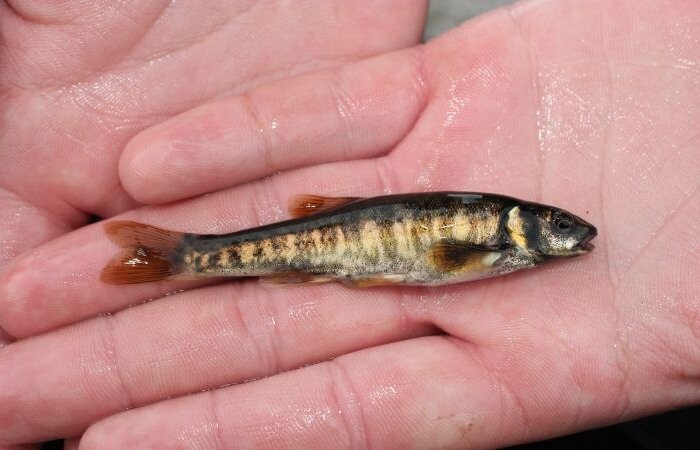
Frog
Along with other live baits, experienced fishermen often use frogs. It is best to catch such live bait in a warm season in small puddles, streams and ponds.
Lamprey (sandworm)
You can collect live bait by sifting sandy soil. The process is time consuming, but justified. Almost any predator bites well on such a gum.
Other types of live bait
Frankly speaking, any kind of fish can be used as live bait. Many predators are cannibals, therefore they willingly eat their young. The only limitation can be the size of the offered treat and the difficulty of collecting atypical bait. For example, a perch or asp simply cannot swallow a large crucian carp, perch or bee-eater.
Dead live bait
It happens that live baits die just before the fishing trip. Sure, this is pretty frustrating, but don’t throw them away. If there is no time to catch new live baits, you can use dead ones. To do this, it is necessary to weight the bait so that it has a natural position in the water. Such a bait will have to be animated manually or installed on the stream.
How to catch live bait in the fall
Catching live bait in the fall is practically no different from catching small fish at other times of the year. The only thing that has to be taken into account is the reduced activity, change of parking and taste preferences. Tackle for catching live bait is used depending on the species, fishing conditions and personal preferences.
Lift or spider
The spider is a fine mesh fixed on flexible but strong steel or plastic rods. Used for catching schooling fry from the shore, boat or bridge. Usually used without bait, but some fishermen scatter some bait in the fishing area to attract fish.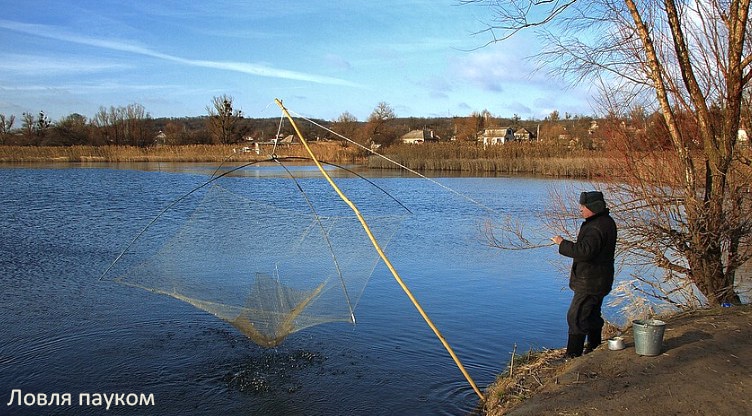
Float rod
The fishing rod is the most popular way to collect live bait fish. For catching fry, the most sensitive and thinnest gear is installed. It is convenient to fish with the help of a float the coastline, small backwaters and oxbow lakes with warm water. It is necessary to remove the catch from the hook carefully so as not to damage the future bait.
Feeder, donka, rubber band
Such tackle is suitable for catching live bait of any size. Usually, anglers devote the first day of fishing to collecting fish for bait, and after collecting they start hunting a predator. Or combine both methods, gradually adding live bait. Elastic band
Landing net or landing net
This is a device consisting of a fine mesh stretched over a frame. Usually nets and landing nets have a long handle for easier handling. In this way, you can catch fry in small creeks, backwaters. To do this, the landing net must be lowered to the bottom and scattered with a small portion of the bait. As soon as the fry gather around the treat, gently lift the net out of the water. It is also possible to install a net in a small current or in places of discharge, where the fish roll down by inertia.
Casting network
You can catch small fish in the fall using a fine-mesh casting net. Just a few accurate casts in promising locations can provide fry for several fishing trips.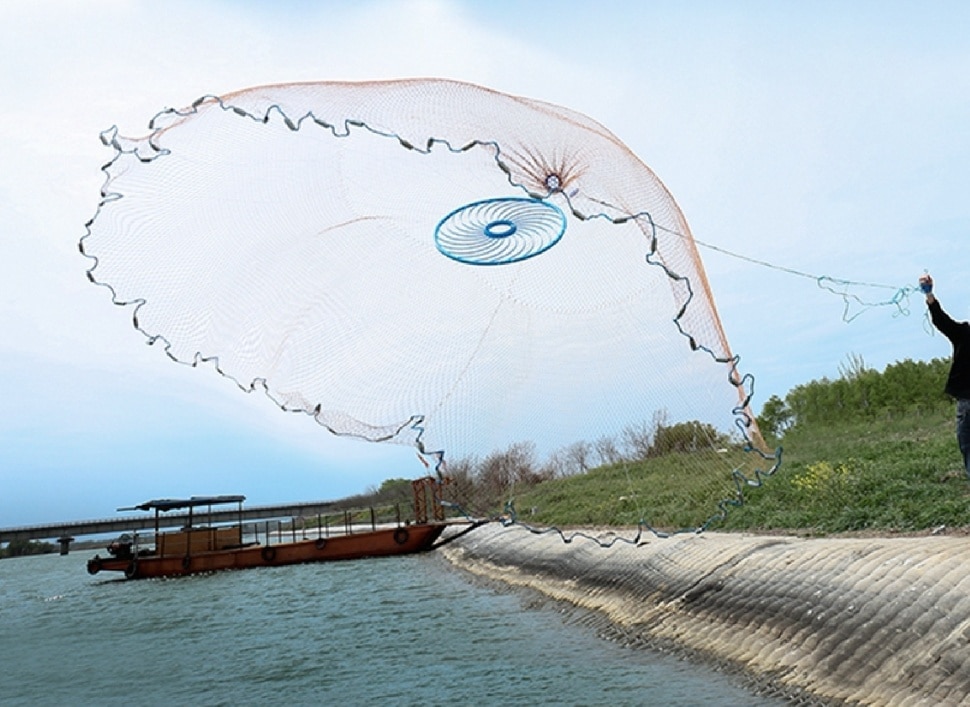
Scarecrow
The scummer is a fine mesh that is stretched over the frame and equipped with sides. Acts on the hoist principle. At the bottom of the pitcher, you can put complementary foods to attract fish.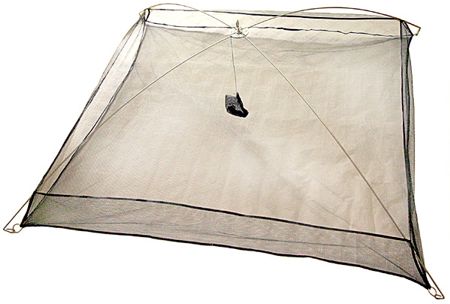
Muzzle or muzzle
Muzzles are made from a variety of materials. On sale you can find products from a fine mesh, homemade products are made of wire, tulle, willow rods and other materials. Very simple and effective devices for catching fry. Dense lumps of complementary foods, bread, pieces of dough are placed in the muzzle. Then the muzzle is thrown into the water for several hours, you can leave it overnight.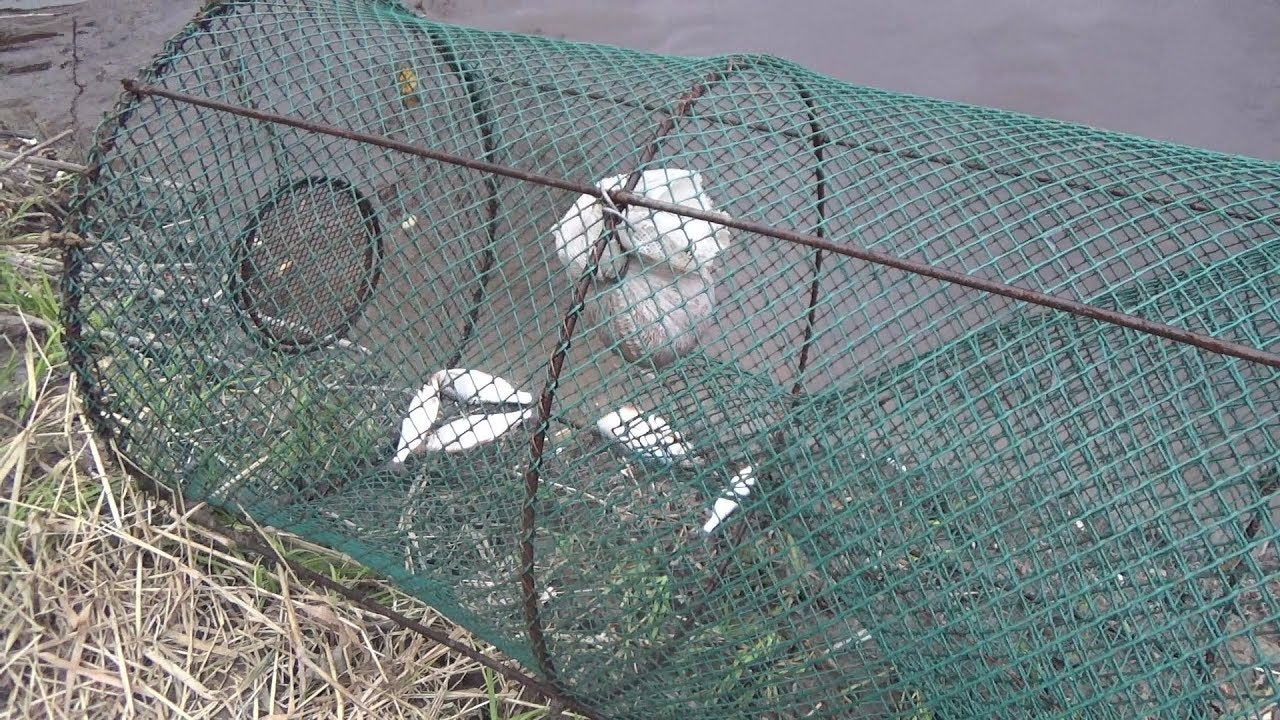
Homemade traps
Experienced anglers often use various homemade products to catch bait fish. This includes cans, bottles, kerchiefs, mesh boxes and other devices. Usually, live bait is caught on such tackle using complementary foods from bread, dough, commercial mixtures.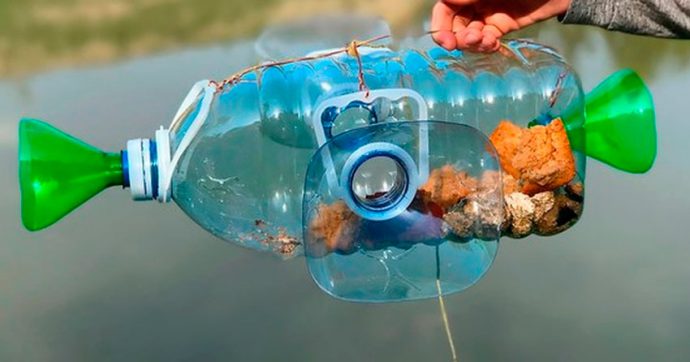
Screens with a feeder
The structure consists of a fine mesh, a float and a spring feeder. You can cast by hand, spinning or another rod. The feeder is clogged with complementary foods and thrown into the reservoir. The size of the live bait depends on the size of the cell.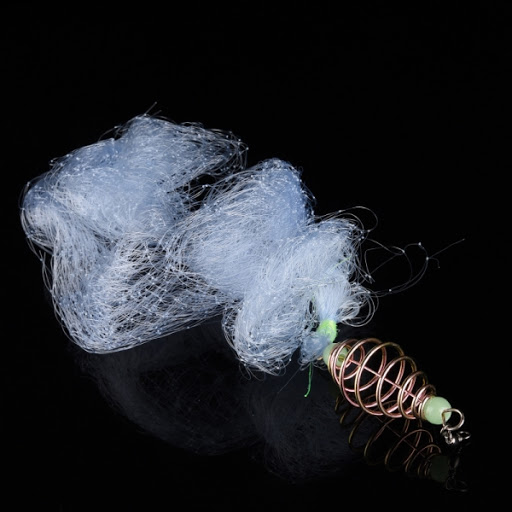
Seine or delirium
Any mesh or tulle with a small mesh will do. The canvas is dragged along the bottom of small dams or in shallow water. In this way, you can quickly and easily collect the required number of fish. Open water fishing for live bait in late autumn: https://youtu.be/UFts3h8x6Y4
How to store and transport
Storage methods directly depend on the timing and types of fish. Main parameters for storage and transportation:
- oxygen;
- temperature optimal parameters from +5 to +15 ° C;
- volume of water per fish;
- feeding;
- purity of water, regular change.
Some live baits need a constant supply of oxygen; at low levels, they quickly become lethargic and die. The easiest way out is to connect an oxygen, aquarium compressor. Long-term storage of live bait:
- an aquarium with a cleaning system and a compressor;
- barrels, cans and other large-volume containers;
- cannes with aeration.
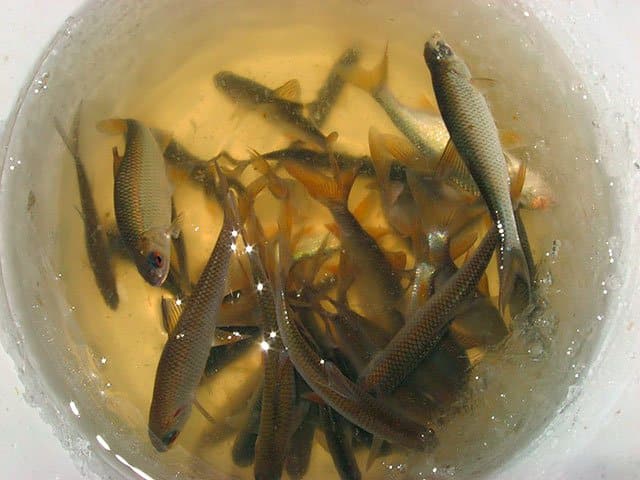
What kind of fish can you catch with live bait in the fall
It should be remembered that the size of the future catch depends on the size of the live bait. But you do not need to go to extremes and use a kilogram live bait as bait. The predator simply does not have enough strength to swallow the bait. It so happens that 5–10 kg of pike and 1 kg perch are caught on a small top, and squids weighing 200 grams are pecked on 100-gram crucians.
Important! Predators respond best to live bait caught in the same reservoir.
| X seekers | Zhivtsy | |||||||||||||
| Carp | Roach | Verkhovka | Minnow | Perch | Loach | Ruff | Gudgeon | Frog | Lamprey | Rotan | Bleak | Rudd | Chub | |
| Catfish | + | + | – | + | – | + | + | + | + | + | + | – | + | – |
| Pike | + | + | + | + | + | + | + | + | + | + | + | + | + | + |
| Perch | – | – | + | + | + | + | – | + | – | + | – | + | – | – |
| Asp | – | – | + | + | – | – | – | + | – | – | – | + | – | – |
| Zander | – | + | + | + | – | – | – | + | – | + | – | + | – | + |
| Burbot | – | – | + | + | + | + | + | + | + | + | + | + | – | – |
Correctly selected live bait is already half the success. The second component of successful fishing depends on the skill of the angler and the luck of the fishing.
